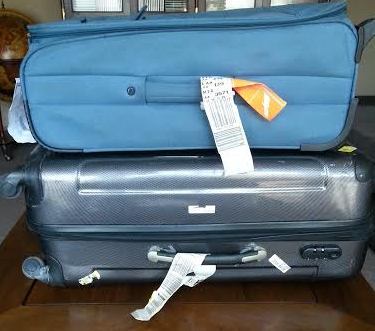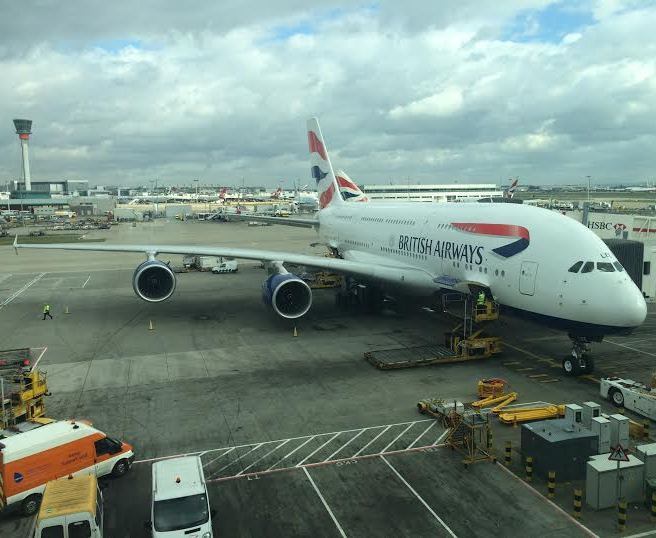Travel News
11 Ways to Save $100 to $1000 on Your Cruise Experience
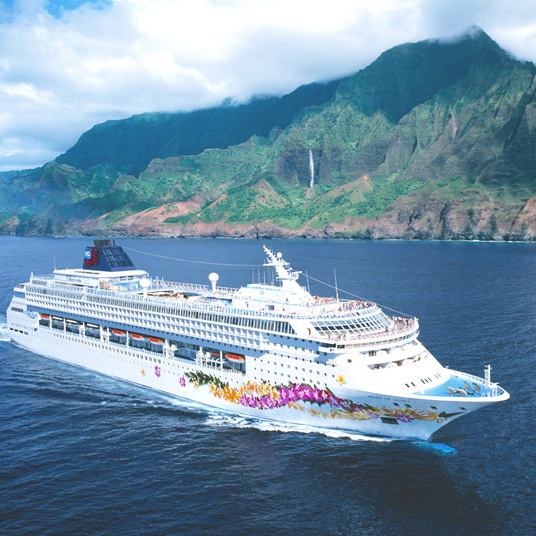 It’s wave season, which means many travelers are booking their cruise vacations for the year. Here’s the main thing to remember: the cost of the cabin is not your main expense. Cruises don’t make a profit from your ticket. Instead, the cruise lines make their money with “on-board revenue,” when you leave your cabin and spend your dollars on drinks, spa treatments and shore excursions. But those are all optional, which means your cruise budget is within your control. Follow these top tips and you could save from $100 to $1,000 on your 2013 cruise experience.
It’s wave season, which means many travelers are booking their cruise vacations for the year. Here’s the main thing to remember: the cost of the cabin is not your main expense. Cruises don’t make a profit from your ticket. Instead, the cruise lines make their money with “on-board revenue,” when you leave your cabin and spend your dollars on drinks, spa treatments and shore excursions. But those are all optional, which means your cruise budget is within your control. Follow these top tips and you could save from $100 to $1,000 on your 2013 cruise experience.
Best Time to Book
January through March is known as “wave season” in the industry, when many people make their travel plans for the rest of the year. That’s when cruise lines offer incentives like 2-for-1 fares, upgrades and shipboard credit. If you’re set on a certain itinerary, have a specific window of time available, or are looking for a popular cruise, book at least 6 months ahead of time (1 year for Alaska). But there are some incredible deals at the last minute—usually 4-6 weeks out. After 4 weeks, prices tend to go back up. Dedicated cruise agents like Amber Blecker at Cruise One or brokers such as Cruise Brothers can have the inside track on inventory that isn’t available far and wide.
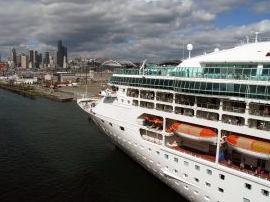 Drive-To Ports
Drive-To Ports
Why spend money flying when you can drive to your cruise-ship port? Cruisers can get to the Western Caribbean from New Orleans, the Bahamas from Baltimore, and to Canada from Boston, just to name a few. Still need to fly? Get there a day early to minimize any risk of missing the cruise. Learn everything you need to know about the exploring port cities of New Orleans, Miami and throughout the Caribbean in Peter Greenberg and Michelin’s Like a Local guides.
Watch Your Connections
The ship is at sea and surprise! You’ve got a cell phone signal. Many cruise lines offer connections to land-based mobile networks using a service called Cellular At Sea, BUT they still charge international roaming rates. Even when the ship is docked and phones connect to a land-based tower, there’s still a roaming charge. If you really need phone access, ask your mobile providers about an international plan for when you’re on land. Texting onboard costs upward of 50 cents each, but it’s an option to keep in touch on a limited basis, especially when trying to reach a travel companion on a sprawling ship.
 Shore Excursions
Shore Excursions
Cruise lines depend on onboard spending, and much of that comes from passengers booking shore excursions through the cruise line. But it’s not the only option. You can easily book your own through vendors at the ports, or through third-party agencies like Viator or Shore Excursions Group. Learn about lesser-known shore excursions in our Michelin guide, Caribbean…Like a Local.
Look for Hidden Discounts
Several cruise lines have what’s called a “resident rate,” a discount for those who live in the same state—or close to—a port city. You can find them in states like Florida and Georgia for Bahamas cruises, in Hawaii, California, and Washington for Hawaii cruises, and New York, New Jersey and Connecticut for Caribbean cruises.
Repositioning Cruises
Twice a year there’s a little-known phenomenon in the cruise industry: when cruise lines literally move their inventory to their homes for the winter and summer. Repositioning cruises are one-way rides that take place in fall and spring. They’re not necessarily cheap, but they do get to some unusual ports with more days at sea. Think unusual trips like Boston to Tampa via the Caribbean, or Venice to Fort Lauderdale through Italy, France, Spain, Morocco, the Azores and Portugal.
 Low-Season Deals
Low-Season Deals
As with any destination, there are big deals in the shoulder season. Save on an Alaskan cruise by going at the very beginning of the season in May, or the very end in September. Just be aware that ports of call are not guaranteed as inclement weather gives the captain every right to skip or change ports. The shoulder season can also affect the type of wildlife you see and, if it’s very late in the season, not all vendors will necessarily be open.
 Avoid Single-Supplement Fees
Avoid Single-Supplement Fees
Traditionally, solo travelers have been hit hard for cruises. If you want your own cabin, you’re paying for double occupancy. But then Norwegian Cruise Line came out with its studio cabins, which are only 100 square feet and are priced for one person. They’ve been so popular that NCL is expanding the concept to its new ships, The Breakaway and The Getaway, and they’re even retrofitting the Pride of America to include solo cabins. Other cruise lines often launch promotions that waive or reduce the single supplement fee, so sign up for email alerts or call up the cruise line directly.
Healthcare Isn’t Free
The doctors on board cruise ships are often generalists who can help with minor illnesses and short-term emergency care. But cruise ships don’t have full trauma units or an ICU. The onboard doctor can only stabilize you until you reach the nearest port or can be transported to a medical facility. If you have any medical concerns, consider purchasing special medical evacuation and repatriation in addition to traditional travel insurance.
Gratuities are (Often) Included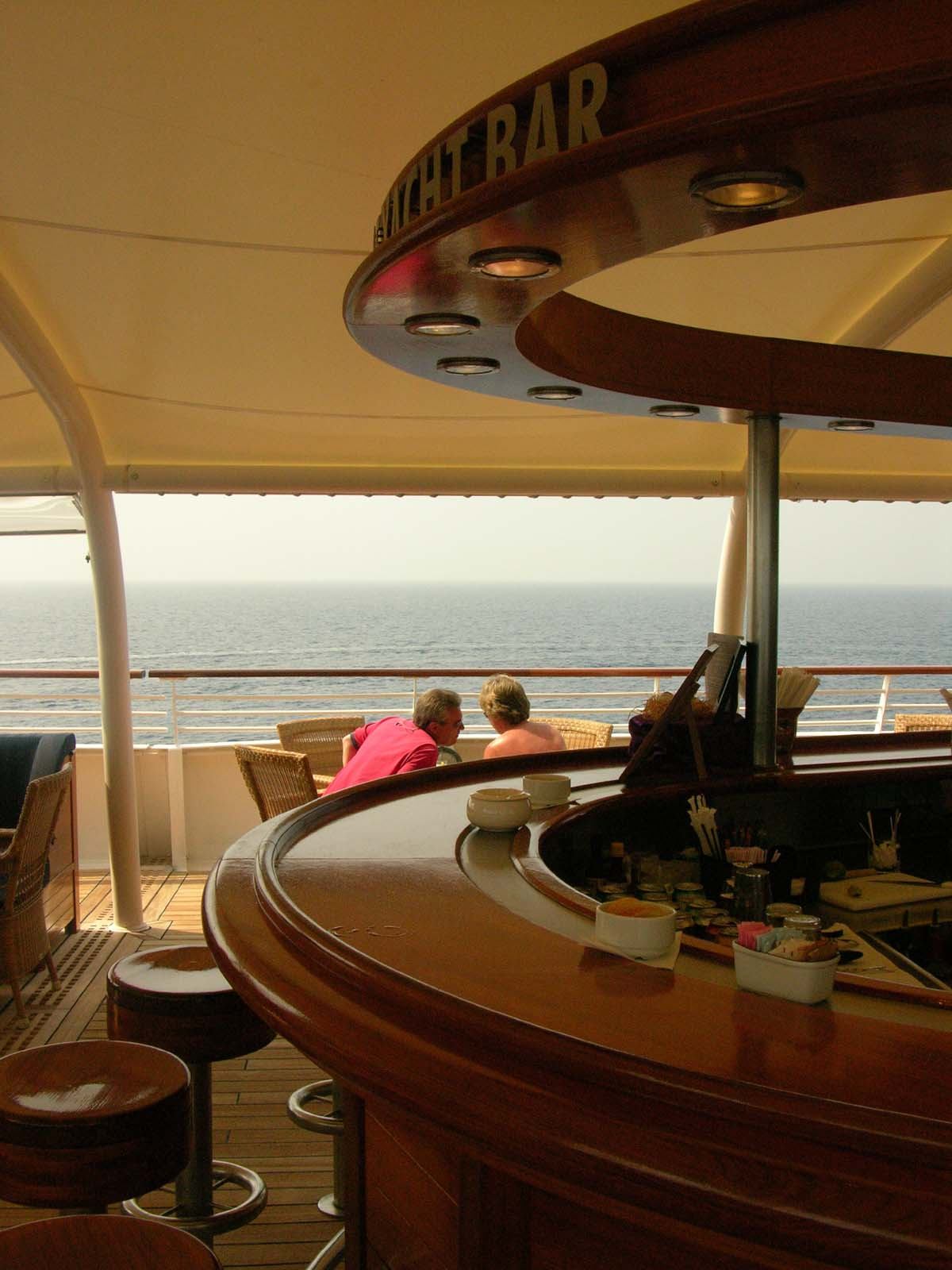
Most cruisers know they have to budget for tips, but here’s what you need to know to avoid “double tipping” at the end of the cruise. Many lines are now including gratuities into the fare for the waitstaff or bartenders. However, don’t overlook housekeeping and room attendants—and leave a tip nightly, not at the end of the cruise, for really great service.
All-Inclusive Drink Packages…Deal or No Deal?
One of the biggest revenue sources for cruise lines is booze sales. Several cruise lines have launched all-you-can-drink packages that include alcohol at a certain price point. But to make those worthwhile, you usually have to average about 5 to 9 drinks a day…and after the first couple of days, that’s probably not going to happen.
For more money-saving travel options, check out previous articles that show how to save more than $100 on hotel budgets, international travel and at the airport.
For more cruise trends and information, check out:
- The 2013 Cruise Ship Report Card
- Wacky Theme Cruises Sailing in 2013
- Cruising with Celiac Disease: What to Know Before You Go
- Cruise Ship Voluntourism
By Sarika Chawla for PeterGreenberg.com










